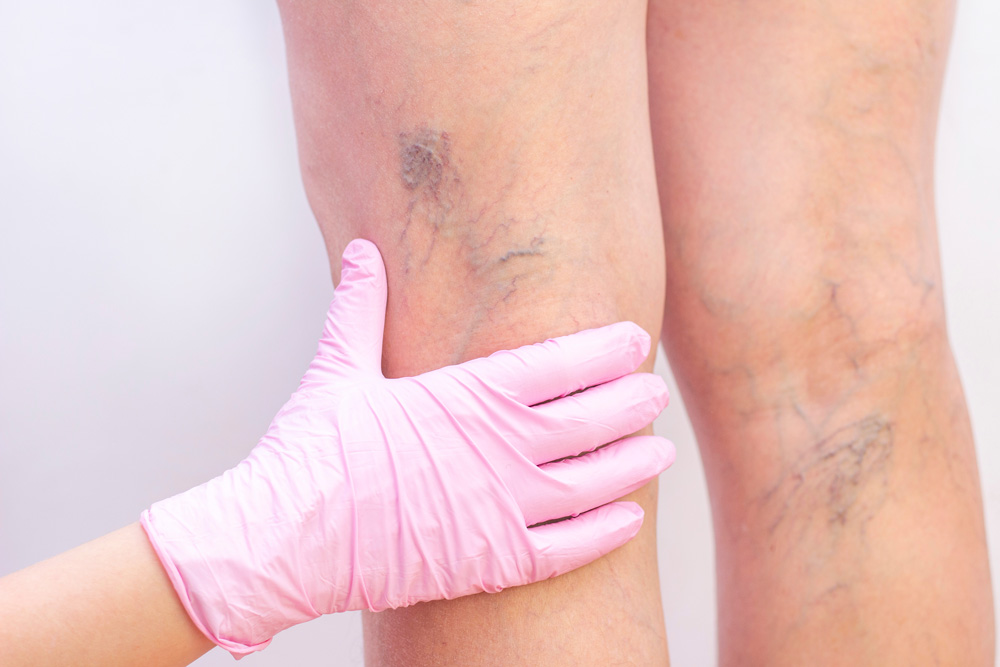Dark spots or discoloration on the legs can be both a cosmetic concern and a potential indicator of underlying health issues. Understanding the causes of these spots and exploring treatment options can help you address them effectively. Let’s delve into why these spots occur and what you can do about them.
Common Causes of Dark Spots on the Legs
Venous Insufficiency
One of the most common medical causes of leg discoloration is chronic venous insufficiency (CVI). This condition occurs when the valves in your veins malfunction, leading to poor blood circulation. Over time, blood pooling can cause pigmentation changes and dark spots on the skin.
Hyperpigmentation
This occurs when your skin produces excess melanin. Post-inflammatory hyperpigmentation (PIH), often caused by previous injuries, bug bites, or skin conditions like eczema, can lead to darkened patches.
Sun Exposure
Prolonged exposure to UV rays can trigger the formation of sunspots or age spots, especially on areas like the legs that are frequently exposed to the sun.
Diabetes
Conditions like diabetes can cause changes in skin texture and pigmentation, including darkened areas on the legs.
Trauma and Bruising
Injuries to the legs can lead to lingering discoloration as the skin heals. In some cases, repetitive trauma may also contribute to dark spots over time.
When to Be Concerned
While some dark spots are harmless, others may be signs of an underlying condition that requires medical attention. If you notice the following symptoms alongside discoloration, it’s important to consult a healthcare provider:
- Swelling or pain in the legs
- Persistent or spreading discoloration
- Open sores or ulcers
Treatment Options for Dark Spots
Lifestyle Changes
Elevating your legs, wearing compression stockings, and maintaining a healthy weight can improve blood flow and help prevent further discoloration.
Topical Treatments
Over-the-counter creams containing ingredients like hydroquinone, retinoids, or vitamin C can reduce pigmentation. However, consult a dermatologist before use to ensure suitability for your skin type.
Professional Treatments
Dermatologists and vein specialists offer advanced treatments such as laser therapy, chemical peels, or microdermabrasion to address pigmentation and underlying issues.
Medical Interventions
For cases linked to venous insufficiency, treatments like sclerotherapy or endovenous laser therapy may be recommended to improve circulation and minimize discoloration.
Prevention Tips
- Protect Your Skin: Apply sunscreen regularly to shield your legs from harmful UV rays.
- Avoid Scratching: Prevent further skin irritation by avoiding scratching or picking at affected areas.
- Stay Active: Regular exercise promotes healthy blood flow and can help reduce the risk of vein-related discoloration.
Take Action for Healthier Skin
Dark spots on your legs may seem like a minor issue, but they can provide important clues about your overall health. If you’re concerned about leg discoloration, the specialists at VASC, Vein and Artery Surgical Consultants, are here to help. With a range of treatments tailored to your needs, you can take the first step toward healthier, more radiant skin. Schedule a consultation today to explore your options.

